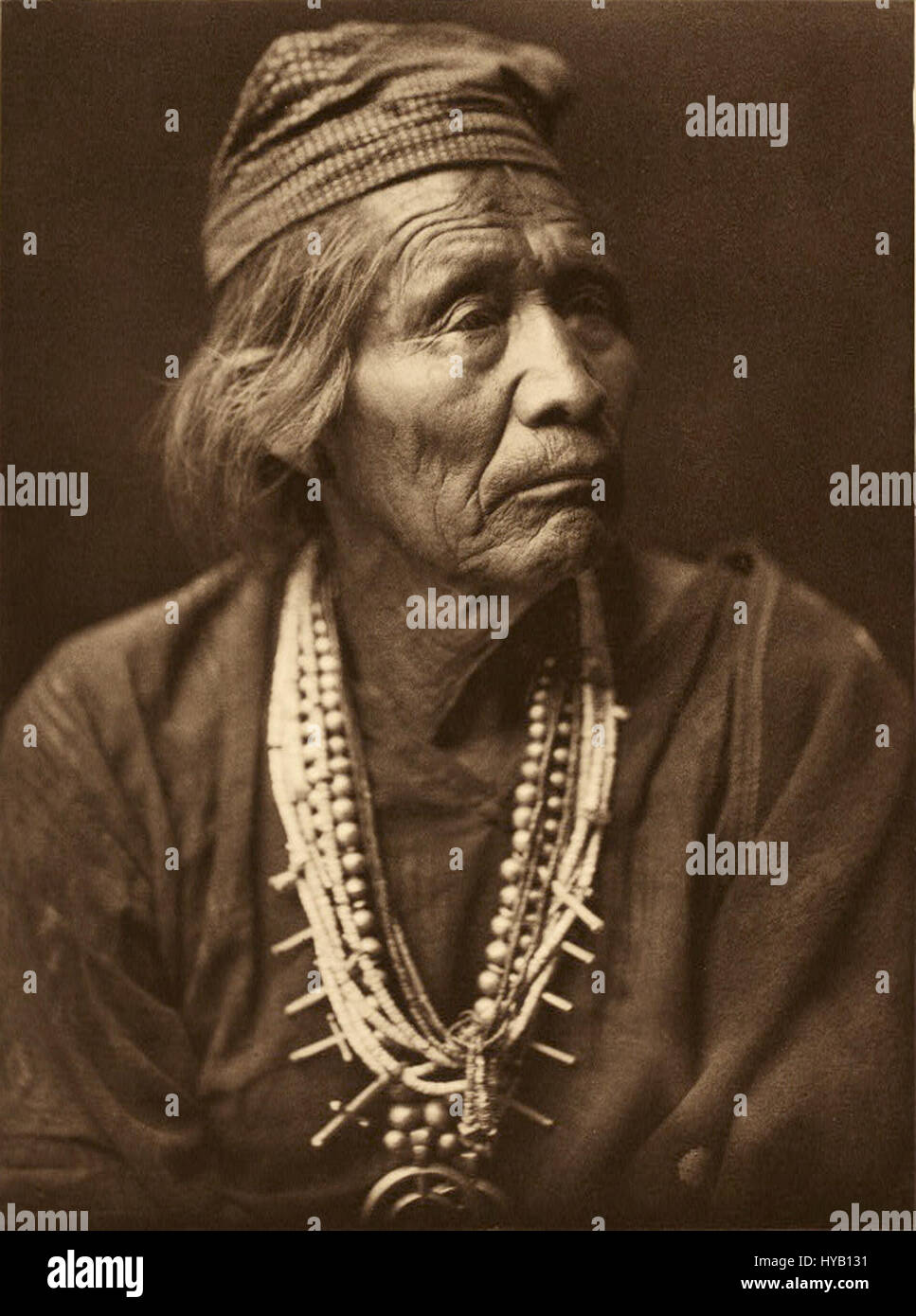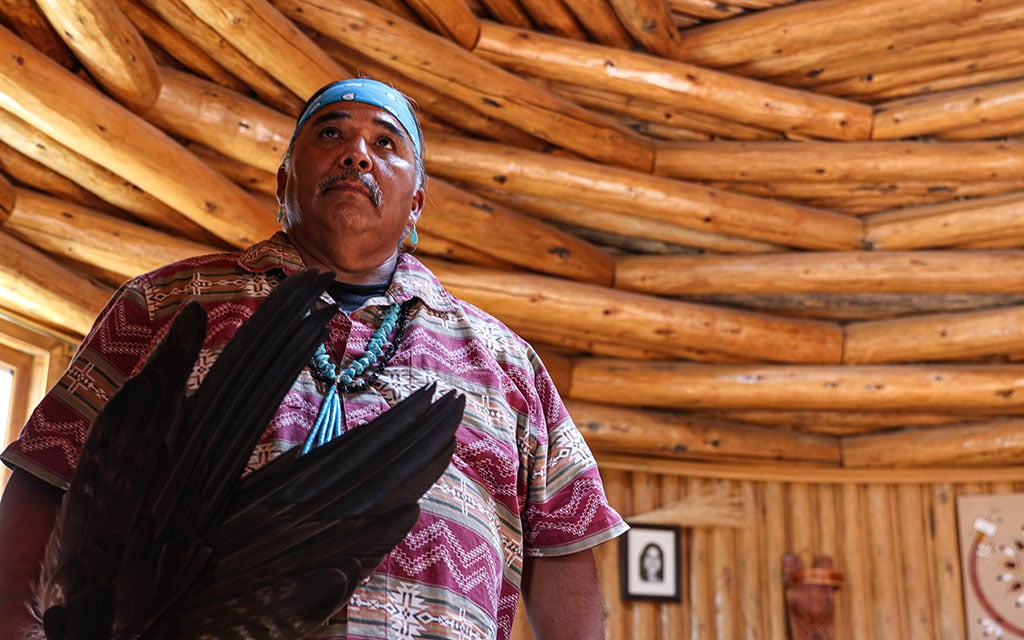
Seeking the Sacred: Navigating the Path to a Traditional Navajo Healer
For those outside the Navajo Nation, the quest to find a traditional Diné healer, or Hataałii, is not a simple Google search or a walk-in clinic visit. It is a journey fraught with cultural complexities, requiring immense respect, patience, and a deep understanding of the Diné way of life. Unlike Western medical practitioners, traditional healers are not publicly advertised; their practice is deeply interwoven with the fabric of family, community, and the sacred, making direct access for outsiders an intricate and often indirect process.
The Diné, or Navajo people, are the largest Native American tribe in the United States, with a vast reservation spanning parts of Arizona, New Mexico, and Utah. Their traditional healing practices are rooted in a holistic philosophy centered on Hózhó, a concept encompassing balance, harmony, beauty, and order in all aspects of life—physical, mental, spiritual, and environmental. When Hózhó is disrupted, illness or misfortune can occur, and it is the role of the Hataałii to restore this balance through intricate ceremonies, prayers, songs, and herbal remedies.
The Role of the Hataałii: More Than a Doctor
A Hataałii is far more than a "medicine man" or "medicine woman" in the Western sense. They are spiritual guides, diagnosticians, historians, and practitioners of highly specialized ceremonies, each designed to address specific ailments or spiritual imbalances. These ceremonies, which can range from short blessings to multi-day events like the Blessingway, Enemyway, or Nightway, are profoundly sacred and involve a deep understanding of Diné cosmology, oral traditions, and the natural world.
The knowledge possessed by a Hataałii is often inherited or acquired through a rigorous, lifelong apprenticeship, sometimes lasting decades, under an elder healer. This knowledge is not written down in textbooks but passed orally, memorized in precise detail, and deeply embedded in the Diné language, Diné Bizaad. This oral tradition underscores the sacredness and exclusivity of the practice; it is not for casual consumption or commodification.

Why Direct Access is Not an Option
Understanding why finding a Hataałii is challenging for outsiders is crucial.
- Sacredness and Privacy: Traditional healing is not a commercial enterprise. Ceremonies are deeply personal and sacred, performed in a private setting, often within family homes or designated hogans (traditional Diné dwellings). Public advertising or a "directory" would violate the profound spiritual principles governing their practice.
- Trust and Relationship: The relationship between a Hataałii and a patient is built on trust, often developed over years within a community. Outsiders typically lack this established rapport. Healers often rely on community referrals and personal knowledge of an individual’s background and intentions.
- Language Barrier: Many ceremonies are conducted entirely in Diné Bizaad, and the nuances of the language are critical to the efficacy of the prayers and songs. While some younger healers may speak English, the depth of the ceremonial language is often beyond translation.
- Dwindling Numbers: The number of practicing Hataałii is declining. Many elders are passing on, and fewer young people are undertaking the arduous and lengthy apprenticeships required. This makes those who remain even more precious and their time extremely limited, typically reserved for community members in dire need.
- Protection Against Exploitation: The Navajo Nation and its people are fiercely protective of their cultural practices, having witnessed centuries of cultural appropriation and exploitation. There is a deep-seated caution against those who might seek traditional healing for "exotic" experiences, commercial gain, or without genuine respect and understanding.

Where to (Respectfully) Begin the Inquiry
Given these complexities, the "where to find" transforms into "how to respectfully inquire." It is a process that requires humility, patience, and a willingness to understand cultural protocols rather than demand service.
- Community Connections: This is the most authentic, albeit challenging, route for an outsider. If you have established, trustworthy relationships with Diné individuals, they might be willing to offer guidance. This is not about asking them to "find you a healer," but rather expressing a genuine need and respectfully inquiring if they know of any avenues for assistance within their cultural framework. Such connections are built over time, through participation in community events, volunteer work, or shared experiences, not through transactional requests.
- Navajo Nation Health Facilities & Integrative Programs: Increasingly, healthcare facilities within the Navajo Nation are recognizing the importance of integrating traditional healing with Western medicine. Many Diné utilize both systems concurrently. Hospitals and clinics operated by the Indian Health Service (IHS) or the Navajo Nation Department of Health sometimes have cultural liaison programs or can offer referrals to traditional healers for patients within their system.
- Fact: The Navajo Nation, like many Indigenous communities, has long advocated for and implemented culturally sensitive healthcare. Some clinics may have designated traditional health coordinators. While they primarily serve tribal members, a respectful inquiry explaining your situation might yield advice or a referral pathway, especially if your health issue is one that traditional healing is uniquely suited to address in a culturally appropriate manner.
- Example: Facilities like the Northern Navajo Medical Center in Shiprock, New Mexico, or various IHS clinics across the Nation, may have departments or staff sensitive to traditional practices. However, they are not booking agents for healers; they facilitate integration for patients within their care.
- Diné Cultural Centers and Educational Institutions: Institutions like Diné College (the tribal college of the Navajo Nation) or various Navajo cultural centers might offer educational programs or resources that touch upon traditional healing. While they won’t provide direct access to healers, they can offer invaluable context and understanding of Diné culture, which is essential background for anyone seeking traditional healing. Learning about the culture demonstrates respect and genuine interest, which is paramount.
- Quote: As a representative from a cultural center might explain, "Our role is to educate about our traditions, not to broker access to sacred practices. Understanding the ‘why’ behind our healing is as important as the ‘how.’"
- Patience and Humility: If you are fortunate enough to receive a referral or an introduction, approach it with utmost humility. Understand that a Hataałii has the right to refuse service. There is no guarantee, and the decision will be based on their assessment of your needs, your intentions, and their own capacity and spiritual guidance. Expect to be asked many questions about your background, your lineage (if relevant), and the nature of your ailment.
What to Expect (If Access is Granted)
Should you be granted the profound privilege of seeking healing from a Hataałii, several points are critical:
- Financial Compensation: While traditional healing is not a commercial service, it is customary to offer a gift or financial compensation for the healer’s time, knowledge, and the materials used in the ceremony. The amount is often discussed beforehand or offered respectfully, understanding that this is not a "fee" but a showing of gratitude and respect for their sacred work.
- Commitment: Traditional healing often requires significant commitment—time, adherence to specific dietary or behavioral restrictions before and after a ceremony, and a deep engagement with the process. It is not a quick fix.
- Respect for Protocol: Follow all instructions given by the Hataałii or their assistants precisely. This includes how to behave during a ceremony, where to sit, and what to say or not say.
- Confidentiality: The details of ceremonies and your interactions with the healer are sacred and confidential. Do not share specific details without explicit permission.
The Deeper Meaning of the Search
The challenge of finding a traditional Navajo healer for an outsider is not an arbitrary barrier; it is an inherent part of the sacredness and cultural integrity of the practice. It underscores that traditional healing is not a commodity to be bought or consumed but a profound spiritual endeavor deeply embedded in a specific cultural context.
For someone genuinely seeking this form of healing, the journey itself becomes part of the healing process—a lesson in patience, respect, and cultural understanding. It forces a shift from a consumerist mindset to one of reverence and appreciation for an ancient, living tradition that continues to sustain the health and spiritual well-being of the Diné people. The path to a Hataałii is less about locating a service and more about entering into a sacred relationship, guided by the principles of Hózhó and profound cultural respect.


